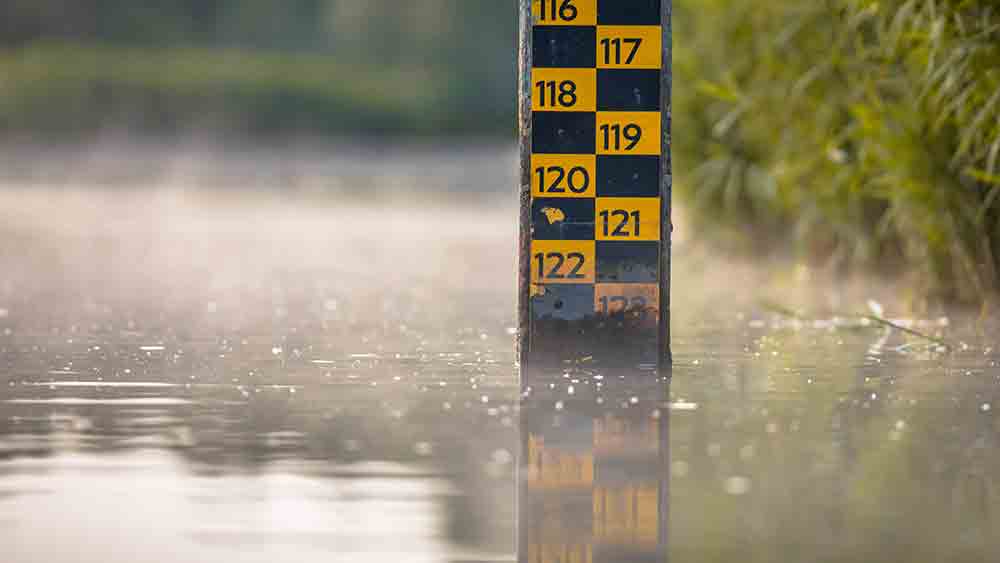Flooding causes concerns in region

By Chris Edwards
This email address is being protected from spambots. You need JavaScript enabled to view it.
TYLER COUNTY – Last week, several days’ worth of heavy downpours over parts of Texas and Louisiana caused significant flooding.
According to reports from the National Weather Service, some areas in the region received more than 12 inches of rain, and in nearby San Jacinto County, the county judge issued a disaster declaration due to rising waters from the nearby Trinity River.
Tyler County’s Emergency Management Coordinator John Settlocker said that his office is “watching that river really close,” referring to the Neches River.
On Saturday, Settlocker said that although the rain had stopped, the water from the north had begun to flow down into Tyler County. There was minor flooding along the Neches, near Rockland, and with the water moving south, toward Mount Neches, Barlow Lake Estates and Sheffield’s Ferry, the Emergency Management Office asked for residents in those areas to voluntarily leave as a precaution to the rising waters.
On Monday, the flood stage at Rockland was reported that morning at 27.4 feet, with the river falling below flood stage by the evening, and continuing to recede, however, the flood stage at Town Bluff was reported at 66.71 feet on Monday and rose by Tuesday.
Settlocker said on Tuesday morning that Town Bluff, at 68 feet, was expected to get up to about 69.5 feet, and the gates would be opened up some more on the dam. “We are still watching it,” Settlocker said. “It is not expected to get up to 71 feet, and will probably hold a couple of days, but that can change.”
Settlocker’s office advised residents in affected areas to continue to monitor the water levels, and to seek higher grounds.
The NWS reported that more than a month’s worth of rain fell last week in the series of downpours, from early Monday morning into early Thursday. The heavy rainfall, according to NWS, represents nearly double of what is typical for the East Texas region in January.
You are a guest
or post as a guest
Be the first to comment.

